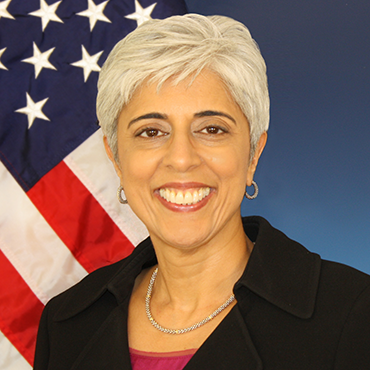DARPA does math

The Defense Advanced Research Projects Agency wants help using complex algorithms to develop software that is as close to unhackable as possible.

The Internet of Things has broadened systems' attack surfaces, says DARPA Director Arati Prabhakar.
WHAT: The Defense Advanced Research Projects Agency wants your help in developing programs that are mathematically proven to be highly secure.
WHY: It's the job of the Pentagon's research arm to stay ahead of threats, so it is no surprise that it is trying to get in front of the ever-changing cybersecurity landscape. DARPA is looking for research that offers mathematical proof that a program is extraordinarily difficult to hack.
The agency wants research proposals that explore "revolutionary advances in science, devices or systems," the broad agency announcement said. The operative word is revolutionary: DARPA says that those with incremental improvements to the status quo need not apply.
The solicited research falls under DARPA’s SafeWare program and must meet certain criteria for complexity. For example, the method of program obfuscation must make the adversary work harder to crack it by a factor "that scales exponentially with respect to a polynomial increase in program runtime overhead."
DARPA Director Arati Prabhakar explained the basic premise of program obfuscation at a cybersecurity conference in Washington, D.C., last week. A critical system gets closer to being "unhackable" as its attack surface, or the avenues for hacking it, diminishes, she said. By unhackable, DARPA means finding "mathematical proof that this particular function can’t be hacked from the outside, from a pathway that wasn't intended," she said. The Internet of Things, or the ability of everyday devices to communicate with each other, has expanded systems’ attack surfaces considerably, she noted.
Read the broad agency announcement here:
Responses are due by Nov. 18.


